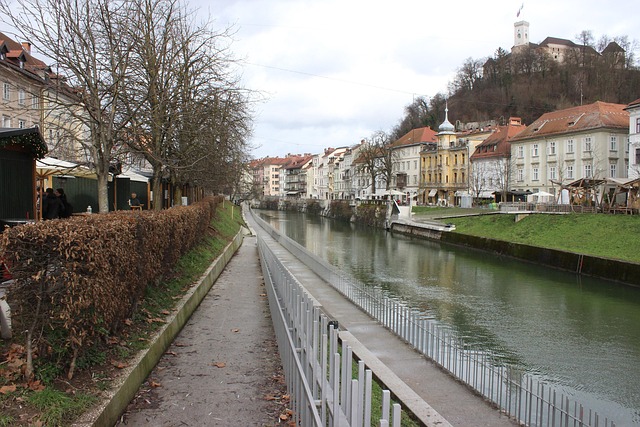Karachi, Pakistan's economic hub, relies on Route 33 as a vital transportation link. This bus route offers efficient connectivity, catering to dense population and complex urban landscape. Despite challenges like inadequate infrastructure and growing demand, Scheme 33 enhances eco-friendly travel options, fostering urban mobility innovation in Karachi.
Karachi, Pakistan’s vibrant metropolis, has witnessed significant strides in urban mobility with the introduction of Scheme 33—a comprehensive bus rapid transit (BRT) system. This article delves into the intricacies of Route 33, exploring its design, impact, and challenges. We provide a detailed overview, highlighting how this innovative scheme is transforming travel across Karachi. Discover the strategic planning, benefits, and obstacles encountered during its implementation, offering valuable insights for future urban development in Pakistan’s bustling cities.
- Karachi's Route 33: A Comprehensive Overview
- Designing Efficient Bus Routes in Karachi
- Impact and Challenges of Scheme 33 Implementation
Karachi's Route 33: A Comprehensive Overview

Karachi, Pakistan’s vibrant metropolis, boasts an extensive network of bus routes that play a vital role in its daily commute. Among these, Route 33 stands out as a cornerstone of the city’s transportation system. This route offers a comprehensive and efficient connectivity solution for folks navigating Karachi’s bustling streets.
Designed to cater to diverse travel needs, Route 33 traverses several key areas, ensuring convenient access to major landmarks and residential hubs. Its strategic alignment allows passengers to easily connect with other public transport options, fostering a seamless travel experience. In today’s digital era, this bus route remains a game-changer for Karachiites, providing an affordable and reliable alternative to navigate the city’s labyrinthine network.
Designing Efficient Bus Routes in Karachi

Karachi, Pakistan’s economic hub, presents unique challenges for designing efficient bus routes due to its dense population and intricate urban landscape. Navigating this bustling metropolis requires strategic planning to ensure public transportation is accessible, convenient, and reliable. The goal is to create a network that minimizes travel time, reduces traffic congestion, and caters to the diverse needs of Karachi’s folks.
In terms of route planning, leveraging data-driven insights from traffic patterns, demographic distribution, and existing infrastructure is crucial. This involves identifying high-traffic areas, understanding peak travel times, and incorporating key landmarks and destinations along the bus routes. By optimizing these factors, bus schemes can offer a more seamless experience for commuters, encouraging public transit as a viable and efficient alternative to private vehicles in Karachi.
Impact and Challenges of Scheme 33 Implementation

Scheme 33, a pioneering initiative in Karachi’s transportation network, has significantly transformed urban mobility. Its impact is evident in the improved connectivity between diverse neighborhoods, fostering accessibility and economic opportunities for residents. The efficient bus routes have not only relieved traffic congestion but also provided an eco-friendly and cost-effective travel alternative to private vehicles.
However, challenges remain in fully realizing Scheme 33’s potential. Issues such as inadequate infrastructure, frequent service disruptions, and the need for more buses to cater to growing passenger demand persist. Moreover, ensuring the sustainability of this public transport system requires continuous operational efficiency improvements and public-private partnerships to address funding constraints. Overcoming these hurdles is crucial for maintaining Karachi’s momentum in urban mobility innovation.
Scheme 33, a transformative initiative for Karachi’s transportation network, has significantly improved connectivity across the city. By optimizing bus routes, this project has not only enhanced mobility but also contributed to a more sustainable and efficient urban travel experience. As we look ahead, continued evaluation and refinement of these routes will be key to meeting the evolving needs of Karachi’s diverse population, ensuring that Scheme 33 remains a cornerstone of the metropolis’s transportation infrastructure.

Leave a Reply